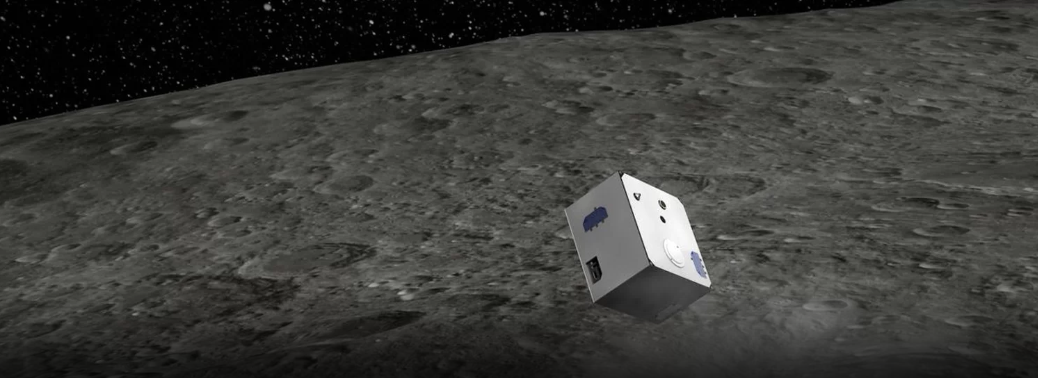MASCOT – New Robot on Asteroid
02, Oct 2018

Prelims level : Science & Technology Space technology & Robotics
Mains level :
- A Japanese probe launched a new observation robot towards an asteroid, as it pursues a mission to shed light on the origins of the solar system.
About:
- The French-German Mobile Asteroid Surface Scout, or MASCOT, launched from the Hayabusa2 probe, landed safely on Ryugu asteroid’s surface.
- MASCOT’s launch comes 10 days after the Hayabusa2 dropped a pair of MINERVA-II micro-rovers on the Ryugu asteroid.
- The 10-kilogram box-shaped MASCOT is loaded with sensors. It was the first time that moving, robotic observation devices have been successfully landed on an asteroid.
- MASCOT is expected to collect a wide range of data on the asteroid which is some 300 million kilometres from Earth.
- It can take images at multiple wavelengths, investigate minerals with a microscope, gauge surface temperatures and measure magnetic fields.
- The rover will take advantage of Ryugu’s low gravity to jump around on the surface – travelling as far as 15 metres (49 feet) and staying above the surface for as long as 15 minutes.
- It will do this to better survey the asteroid’s physical features with cameras and sensors. The rovers will spend several months on the asteroid, the MASCOT has a maximum battery life of just 16 hours, and will transmit the data it collects to the Hayabusa2 before running out of juice.
Significance:
- Jaxa’s Hayabusa Two probe is on a mission to study the ancient asteroid Ryugu in a bid to help scientists better understand the origins of the universe.
- Hayabusa -Two is studying soil and rock samples using several pieces of equipment. The probe will then hover over the artificial crater and collect samples using an extended arm.
- The probe is loaded with four surface landers, an array of cameras and even an explosive device that will dig out subsurface rock samples.
- Ryugu, a Type C asteroid, contains traces of water and organic material and it is hoped that analysing this material will reveal what the early conditions were like at the time the solar system formed around 4,6 billion years ago.
- Hayabusa Two is expected to return to Earth in late 2020 carrying samples for further analysis.
RYUGU Asteroid:
- Ryugu was discovered on 10 May 1999 by astronomers with the Lincoln Near-Earth Asteroid Research at the Lincoln Lab’s ETS near Socorro, New Mexico, in the United States. The asteroid was officially named “Ryugu”. The name refers to Ryūgū (Dragon Palace), a magical underwater palace in a Japanese folktale.






